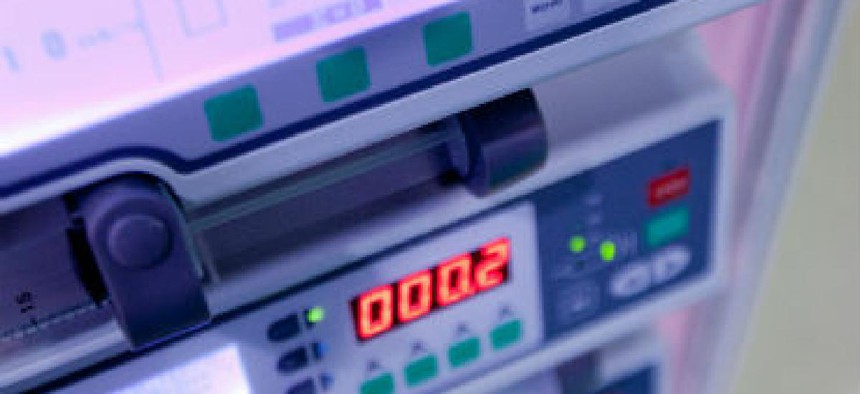FDA issues draft guidance for medical device vulnerabilities

Security can be built into the design of a product, but risks can surface throughout its life cycle, the agency said in announcing the draft guidance.

Citing a growing concern about cybersecurity vulnerabilities in medical devices, the Food and Drug Administration has issued draft guidance to help manufacturers identify and mitigate such threats.
Security can be built into a product's design, but risks can surface throughout its life cycle, the agency said in announcing the draft guidance.
The document recommends that manufacturers exchange threat information via information sharing and analysis organizations, as the FDA's Center for Devices and Radiological Health does with the National Health Information Sharing and Analysis Center.
The draft guidance also suggests that manufacturers implement a structured risk management program.
"All medical devices that use software and are connected to hospital and health care organizations' networks have vulnerabilities," said Dr. Suzanne Schwartz, director of emergency preparedness/operations and medical countermeasures at the Center for Devices and Radiological Health, in a statement. "Some we can proactively protect against, while others require vigilant monitoring and timely remediation."
In a report last year, researchers at TrapX Security wrote that medical devices are a rich target for hackers because "these attackers know that health care networks have more vulnerability and provide greater potential rewards. They have already determined that these vulnerabilities are so extreme as to make health care the easiest choice for their attack."
According to an announcement on the agency's website, the FDA is holding a workshop this week to discuss the draft guidance and cover "unresolved gaps and challenges that have hampered progress in advancing medical device cybersecurity."
NEXT STORY: Bill coming to establish encryption commission





